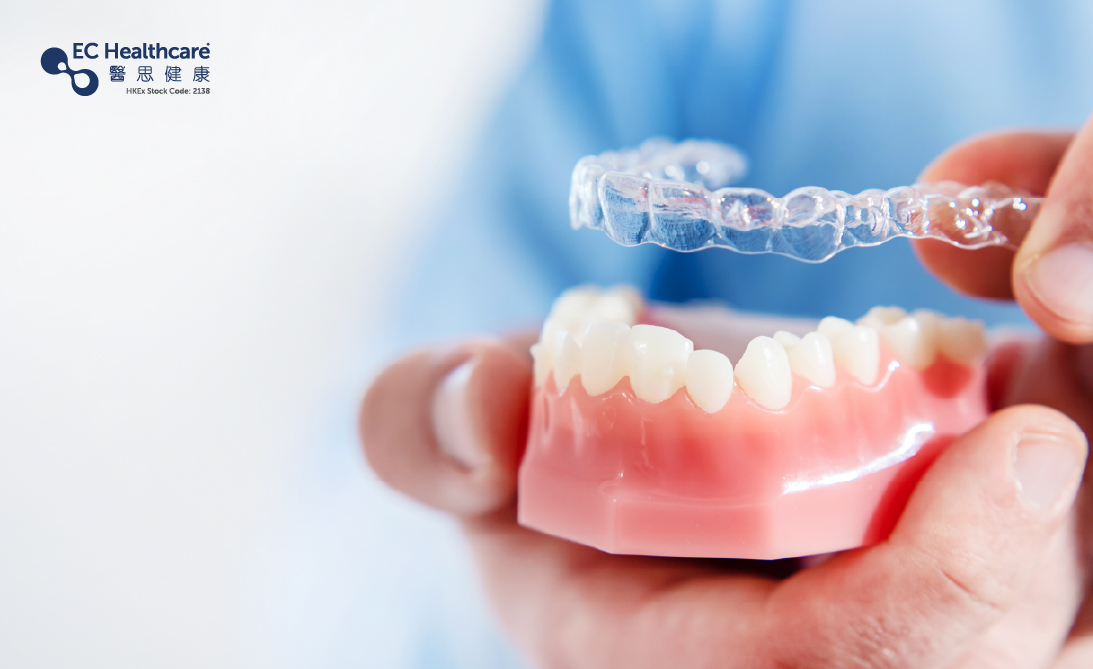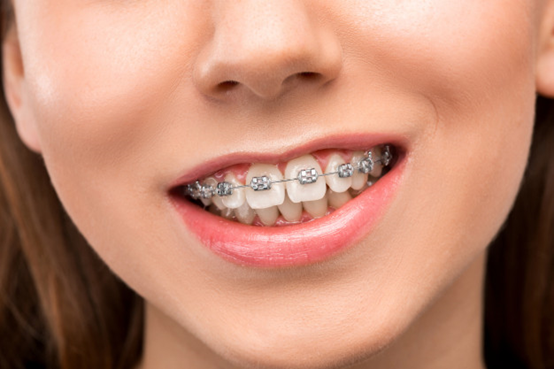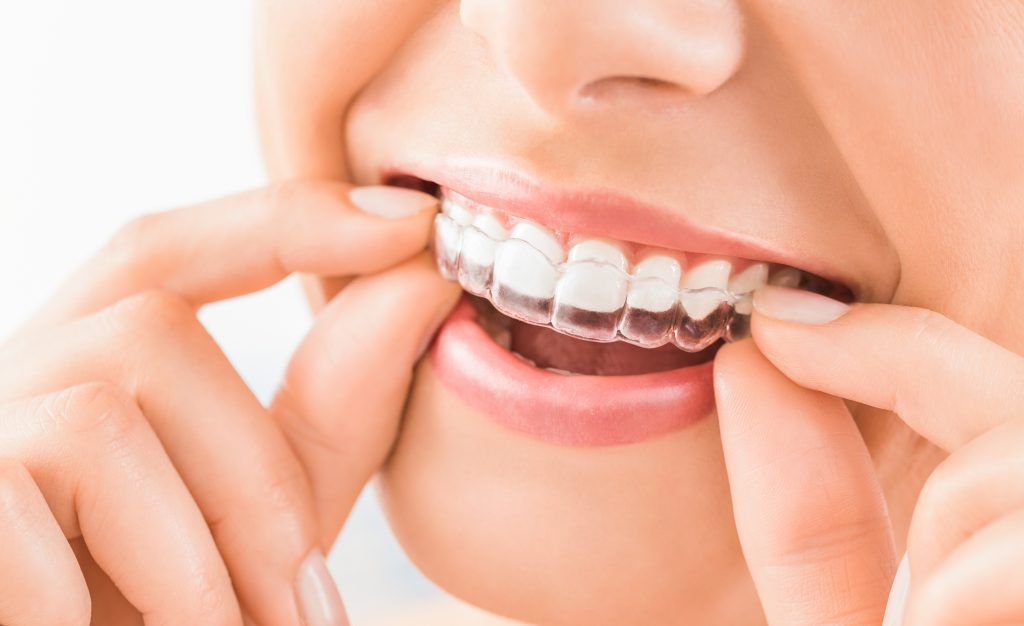Essential Knowledge about Invisible Braces/Metal Braces You Should Know


Many individuals make the decision to get braces in order to improve crooked teeth and misaligned bites, with the goal of achieving a straight and aesthetically pleasing smile. However, there is more than one method available on the market for braces, such as traditional metal braces and the increasingly popular invisible braces. How should you choose between them?
Metal Braces vs. Invisible Braces
Metal Braces
Made of high-strength stainless steel, metal braces are a well-established orthodontic treatment option and are suitable for most cases. Dentists use adhesive to attach metal brackets to the teeth and connect them with thin elastic bands, which hold the archwire in place. This allows the archwire to exert continuous and appropriate pressure on the teeth, gradually moving them to their desired positions.
Advantages: Generally, metal braces have higher force levels, resulting in shorter treatment times compared to Invisible braces. They also ensure that patients wear the braces consistently throughout the day.
Disadvantages: The metal components may cause initial irritation and potential scraping of the inner lips. The brackets can accumulate food particles, making it more challenging to maintain oral hygiene.
Invisible Braces
Invisible braces are orthodontic appliances that are transparent and in the form of aligners. They are typically made of clear plastic resin, making them suitable for individuals who prioritize aesthetics.
Advantages: Invisible braces offer a more aesthetic appearance as they are less noticeable than metal braces. They are easily removable, facilitating oral hygiene practices. Compared to metal braces, they are less likely to cause irritation or scrape the oral tissues.
Disadvantages: Wearing Invisible braces requires self-discipline, as they need to be worn for at least 22 hours a day to achieve optimal orthodontic results. If patients fail to wear them for an adequate amount of time, it can impede the planned movement of teeth, affecting the progress of orthodontic treatment.
Dispelling the Myth: Severe Misalignment Requires Metal Braces?
Not necessarily. The most suitable orthodontic treatment method depends on the individual's specific condition, and it is up to the dentist to make recommendations. While metal braces are a well-established option and suitable for most dental issues, in cases where patients have bite problems or a condition where the lower front teeth protrude more than the upper teeth (known as crossbite), the dentist may suggest the use of invisible braces.
Some patients may be suitable for both types of braces. It is important for patients to carefully consider their financial capability, weigh the pros and cons of different braces, and take into account the professional advice of the dentist before making a final decision on the chosen orthodontic method.
Related Brands










